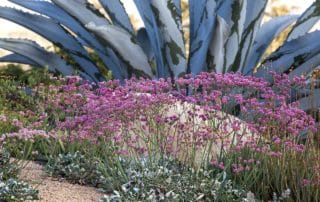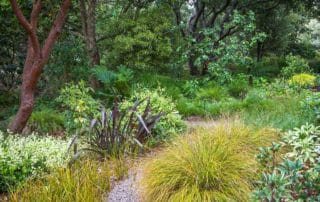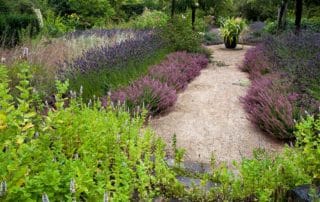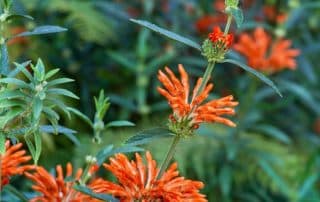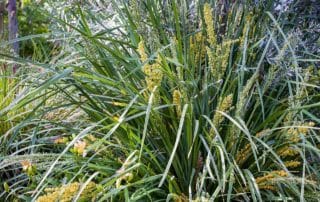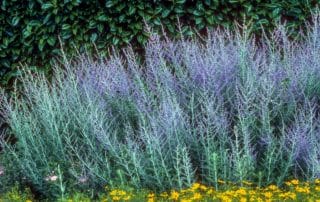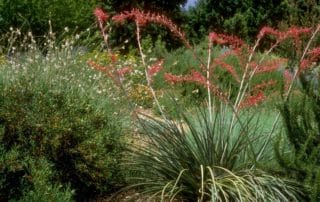Wild Buckwheats
What could be more emblematic of the summer-dry/winter wet, semi-arid, and arid climates of western North America than the wild buckwheats? Annuals, perennials, and low to medium or tall shrubs, one or more species of Eriogonum is native from western Canada to Baja California and throughout much of the intermountain west. More than 100 species are native to California, from seaside cliffs to rocky alpine outcrops. Eriogonum grande var. rubescens Most of the buckwheats commonly available to gardeners are shrubs or shrubby perennials with green to gray-green or silvery gray leaves and masses of tiny flowers in small,


